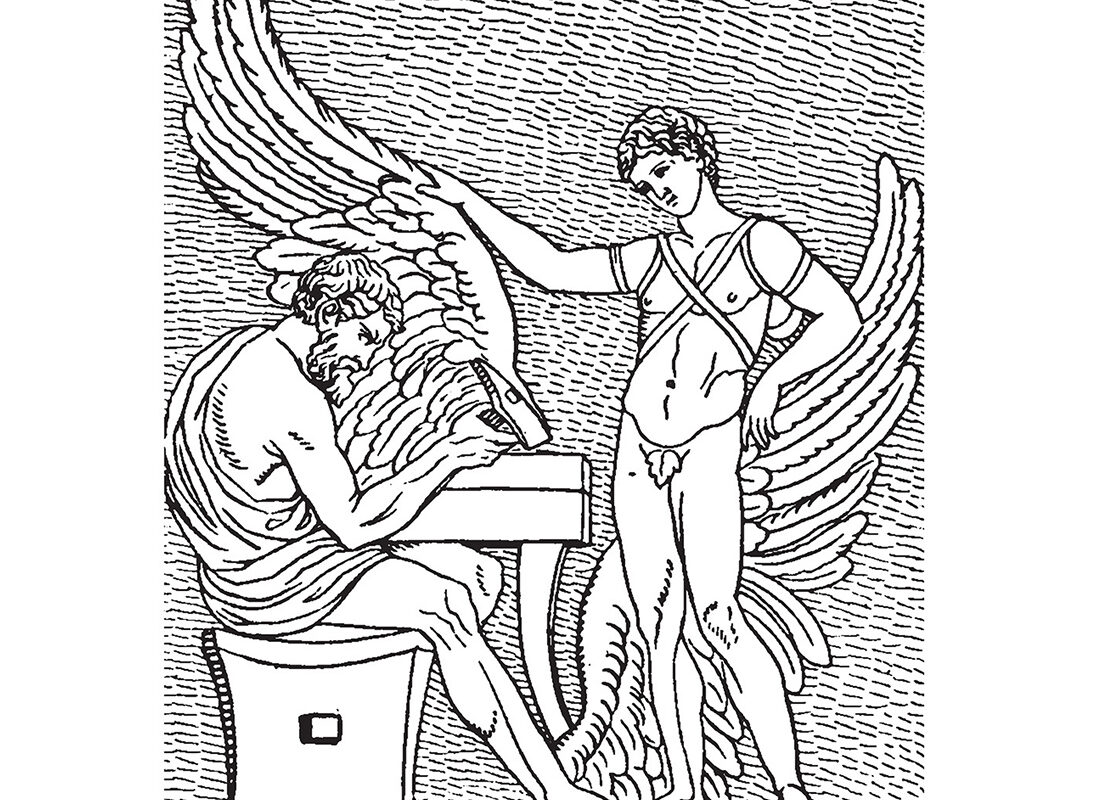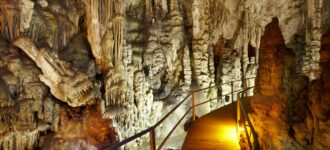
Heraklion, as the largest city on the island, serves as a gateway to the rich tapestry of Cretan legends that have shaped the island’s identity over millennia. From tales of gods and heroes to the ancient civilizations that once thrived here, Heraklion offers visitors a unique opportunity to explore the mythical stories and their historical roots. Let’s delve into some of the most captivating legends associated with Heraklion and discover how they intertwine with the island’s history.
The Labyrinth of the Minotaur
One of the most famous Cretan myths is the legend of the Minotaur and the Labyrinth. According to Greek mythology, King Minos of Crete commanded the construction of a labyrinth to house the Minotaur, a fearsome creature with the body of a man and the head of a bull. The Labyrinth was designed by the ingenious craftsman Daedalus and was said to be so complex that no one who entered could ever find their way out.
The historical roots of this legend can be traced to the Palace of Knossos, located just a few kilometers from Heraklion. Excavations at Knossos have revealed a sprawling palace complex with intricate architecture and numerous corridors, which may have inspired the myth of the Labyrinth. Visitors to Knossos can explore the ruins and imagine the legendary Minotaur lurking within its walls.
The Birthplace of Zeus
Another significant myth tied to Crete is the birth of Zeus, the king of the Greek gods. According to legend, Zeus was born in a cave on Mount Ida, also known as the Dictean Cave. To protect him from his father Cronus, who devoured his offspring to prevent them from overthrowing him, Zeus’s mother Rhea hid him in this cave.
While the Dictean Cave is located further from Heraklion, the city’s Archaeological Museum houses many artifacts related to the worship of Zeus and other gods. The museum’s extensive collection offers insights into the religious practices of ancient Crete and the enduring legacy of its myths.
Daedalus and Icarus
The story of Daedalus and Icarus is another well-known Cretan myth. Daedalus, a master craftsman, and his son Icarus were imprisoned by King Minos in the Labyrinth. To escape, Daedalus fashioned wings made of feathers and wax. Despite his father’s warnings, Icarus flew too close to the sun, causing the wax to melt and leading to his tragic fall into the sea.
This myth highlights the ingenuity and creativity of the ancient Cretans. The influence of Daedalus can be seen in the advanced engineering and architectural techniques used in Minoan Crete, particularly at the Palace of Knossos.
The Legacy of King Minos
King Minos, a central figure in many Cretan myths, was believed to be a fair but stern ruler who became one of the judges of the dead in the underworld. The historical King Minos is thought to have been a powerful leader during the Minoan civilization, which flourished from approximately 2700 to 1450 BCE.
Heraklion’s Archaeological Museum provides a wealth of information about the Minoan civilization, showcasing artifacts such as pottery, jewelry and frescoes. These exhibits help paint a picture of the sophisticated society that once thrived on the island and gave rise to its enduring legends.
Conclusion
Heraklion is a treasure trove of mythical stories and historical wonders. By exploring the city and its surroundings, visitors can delve into the fascinating world of Cretan legends and uncover the historical roots that have shaped these tales. During your stay with us, immerse yourself in the rich tapestry of Heraklion’s myths and history, and discover why this enchanting city continues to captivate the imagination of all who visit.





